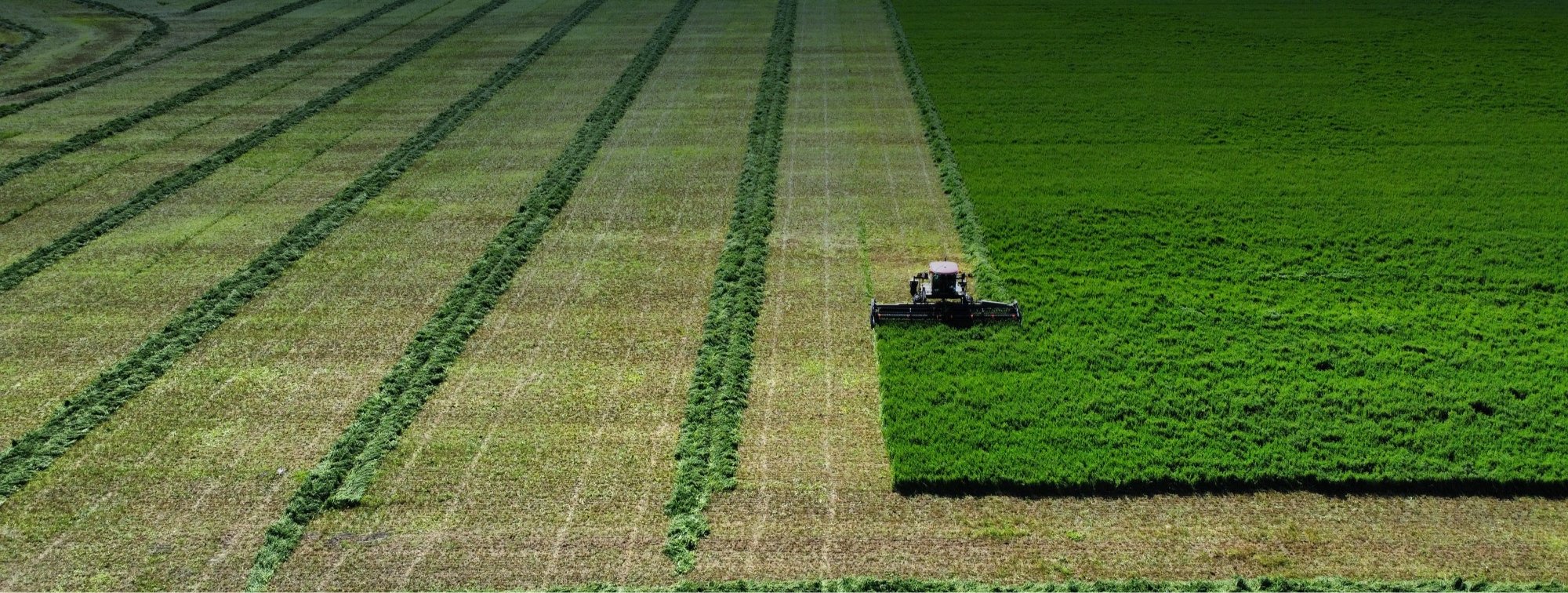
FREQUENTLY ASKED QUESTIONS
-
“Regenerative Agriculture” describes farming and grazing practices that, among other benefits, reverse climate change by rebuilding soil organic matter and restoring degraded soil biodiversity – resulting in both carbon drawdown and improving the water cycle.
-
REGENERATIVE
Seeds and builds healthy soil, with the potential to revitalize unhealthy land.
Untilled land. No pesticides or chemicals.
Conservation of land. Ranchers take a holistic approach
Sequesters carbon, using healthy soil and grasslands.
Creates natural biodiversity. One with nature as intended.
Healthy and happy animals, both in the heard and across the ranch, while living together in a natural habitat.
PLANT BASED PROCESSED MEAT
Reliant on the big money factory farm system which tills and destroys soil, while disrupting wildlife.
Promotes genetically modified foods that rely on preservatives and other health harming ingredients.
For the most part, produces food that is lacking in nutrients.
Could be considered sustainable.
CONVENTIONAL:
Destroys the soil using extraction and releases carbon into the atmosphere.
Tills the soil and uses chemicals and pesticides.
Uses the quantity over quality model.
Creates water runoff that poisons our soils, rivers, streams, lakes and oceans.
Relies on factory farming, resulting in sad, unhealthy and nutrient deficient animals and land .
Not in unison with nature.
-
The loss of the world’s fertile soil and biodiversity, along with the loss of indigenous seeds and knowledge, pose a mortal threat to our future survival. According to soil scientists, at current rates of soil destruction (i.e. decarbonization, erosion, desertification, chemical pollution), within 50 years we will not only suffer serious damage to public health due to a qualitatively degraded food supply characterized by diminished nutrition and loss of important trace minerals, but we will literally no longer have enough arable topsoil to feed ourselves. Without protecting and regenerating the soil on our 4 billion acres of cultivated farmland, 8 billion acres of pastureland, and 10 billion acres of forest land, it will be impossible to feed the world, keep global warming below 2 degrees Celsius, or halt the loss of biodiversity.
-
We have one of the most bountiful landscapes in the world. It is not only possible, but achievable in a relatively short timeline. We simply need regenerative champions and a willingness to change our farming and land use practices to something beyond sustainability. A grassroots movement has already begun - pun intended.
-
The key to regenerative agriculture is that it not only “does no harm” to the land but actually improves it, using technologies that regenerate and revitalize the soil and the environment. Regenerative agriculture leads to healthy soil, capable of producing high quality, nutrient dense food while simultaneously improving, rather than degrading land, and ultimately leading to productive farms and healthy communities and economies. It is a dynamic and holistic, incorporating permaculture and organic farming practices, including conservation tillage, cover crops, crop rotation, composting, mobile animal shelters and pasture cropping, to increase food production, farmers’ income and especially, topsoil.
-
When you have healthy soil via grass, crop and herd rotation, then cows add to the biodiversity. Their manure adds to the nutrient density of the soil and helps build deep roots that can sequester carbon. A healthy ecosystem works together to make this natural process possible.
-
Simply put, grass-finished beef comes from cattle that ate nothing but grass and forage for their entire lives. Grass-fed, on the other hand, may be used to label meat from cattle that were started on a grass diet but have either received supplemental grain feed or are finished on a fully grain-based diet.
-
Besides the prohibition on any hormones, antibiotics, and preservatives, animals that are certified organic must be free-range, have adequate roaming space both outdoors and indoors, and be fed organically produced feed. This essentially means that organic animals are healthier and happier than conventional ones!

Join the herd!
Get in touch and find out more about the future of regenerative farming. It is time to rewrite the narrative on beef and become part of the way forward!
